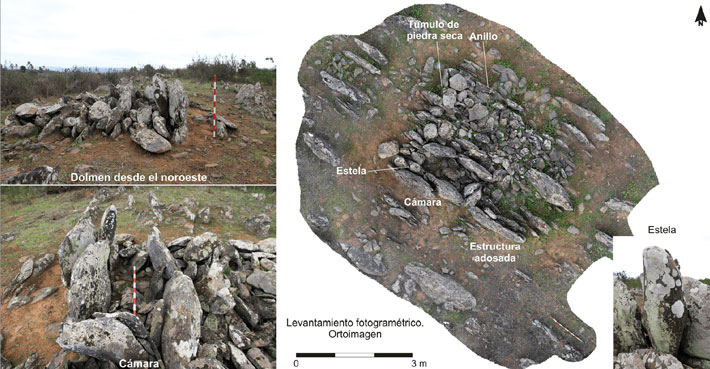The 600-hectare site was set to become an avocado plantation.
More than 500 menhirs were discovered on the banks of the Guadiana, a few meters from the border with Portugal, and constitute a “unique” site in the Iberian Peninsula.
The discovery was made on a 600-hectare plot in the extreme southwest of Spain, near Ayamonte. The land was earmarked to become an avocado plantation. However, the Andalusian government ordered archaeological explorations, as there was archaeological interest in that area.
According to Lusa news agency, the first conclusions of the explorations, which began in 2021, and should end in 2027, were recently published in the Spanish specialist magazine Trabajos de Prehistoria (Prehistory Works) in an article signed by six researchers involved in the project.
The incredible discoveries revealed cultural elements (built by man) dating back to the 6th or 5th century BC. Some of these are believed to have been used for territorial delimitation, astronomical observation or rituals associated with death and the knowledge and control of the seasons.
For the anthropologists in charge of the dig, the La Torre – La Janera property, where this discovery was made, “so far, it is a unique site in the Iberian Peninsula”.
In statements to Lusa, Primitiva Bueno-Ramírez, one of the archaeologists responsible for this research project, explained that “to begin with, the importance of the site is due to three aspects, all of them uncommon in the rest of European megalithic sites and even less common in the extreme southwest of Europe”. The “three aspects” are “the amount” of elements discovered, “their magnificent conservation”, and “the fact that dolmens [tombs], alignments and cromlechs appear together.”
The archaeologist added that “there is still land to be explored”, and it is “very possible” that the number of discoveries will increase.


























